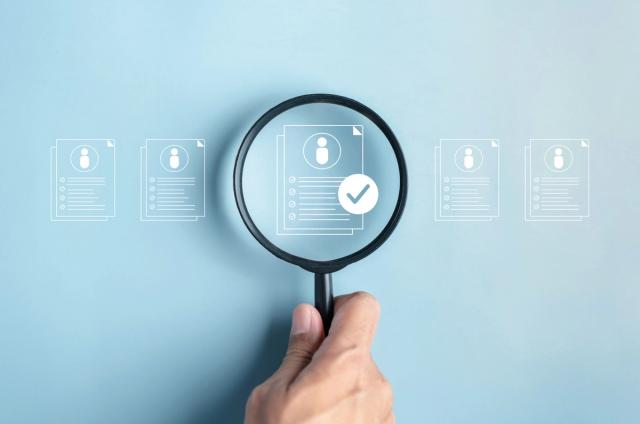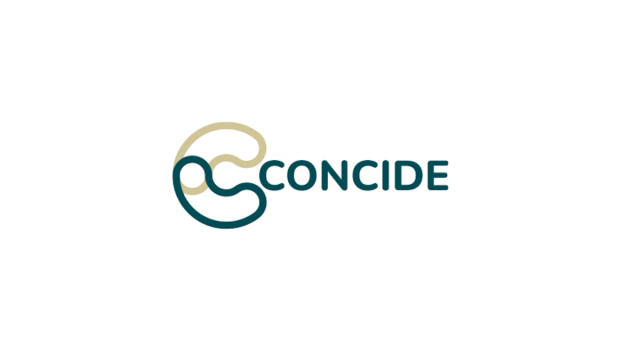How Generali is Developing a Flexible, Near Real-Time Data Platform for its Applications

“I want to be able to support our applications, data analytics, data governance, and data quality in one place. With near real-time feeds from the systems to applications, to data analytics, to machine learning, to artificial intelligence— in a single data lake.”
--Yanna Winter, Generali’s CIO for Global Corporate and Commercial (GC&C) and Generali UK
How does an insurance company founded in Trieste, Italy, in 1831 transform its IT environment to improve decision-making and create new business opportunities to propel its next 200 years of growth?
We recently chatted with Yanna Winter, Generali’s CIO for Global Corporate and Commercial (GC&C) and Generali UK and discussed her company’s modernization journey and the development of a future-ready data platform with help from DataStax and partner Fincons Group.
Generali is one of the world’s largest global insurance and asset management providers. The company operates in 50 countries, with more than 72,000 employees serving nearly 66 million customers. Its GC&C unit offers solutions for property, casualty, engineering, marine, aviation, cyber, and specialty risks.
1. Tell us about your background and the genesis of Generali’s IT modernization initiatives. What challenges were you trying to solve?
My specialty is large-scale transformation. My background is predominantly in applications and integration, not data. But data is absolutely critical in an IT landscape. I'm passionate about it, because if you have the data sorted out, then you can develop 99 applications on it. But if your data is not in the right state, no amount of applications can solve that.
When I started the job a few years ago, we began work on the business case for transformation straightaway. In 2019, we put in place and developed modernized identification and integration.
In 2020, we did our infrastructure transformation, with two main elements. First, everything was moved to cloud by the end of the year. By late November, we switched out of our data centers. The next element focused on the user experience. We had ordered laptops for all users, and we were lucky that they arrived the week before the first COVID-19 lockdown.
By the end of 2020, our infrastructure was modernized. All along, we knew we needed the integration, the identity management, the cloud flexibility—all before 2021. This is the focus of our data and analytics modernization.
We can focus on application modernization in 2022, including some legacy applications, plus migrating some of the applications to software as a service, and adding new functionality. We also have some crown jewels, which are our proprietary systems.
2. How important is greater flexibility in your new environment?
We have a four-year transformation strategy. Obviously, we must have flexibility. I don't want to put in an untouchable, legacy technology that can’t be modernized for decades. It’s not a good use of time and it won’t get funded.
While we were modernizing our IT, especially in the insurance industry and in the UK, two important things happened. One was Brexit, which had an impact on applications, reporting, analytics, and regulatory reporting. Then we had to deal with IFRS 17 [International Financial Reporting Standard 17, an accounting standard for insurance contracts]. We could not have dealt with these needs with our old technology.
3. What are the benefits of your solution?
What I really like about the solution we’re deploying is that in one, unified environment we're orchestrating a multi-tenant architecture. We have multiple businesses, some of them are UK domestic, some of them are in 20 countries. We can deal with 130 different data feeds, for example, just for one of the businesses. Now, it's easy. This is the beauty of the multi-tenant architecture.
It is good to have modern technologies. With the old technology, these things would have been impossible. I can use the cloud and have scalability. I can scale for a particularly data-heavy time period, I don't need to copy it to my own data centers. It's flexible. I have the total cost of ownership within control as well.
4. How did you and your partner, Fincons Group, work together? And why did you choose DataStax?
Fincons designed the modern architecture with us that we're implementing and maintaining. Working with Fincons gives us flexibility, because even now, as we all know in insurance, it's never a greenfield implementation. There’s always a certain amount of time that old and new technologies have to co-exist.
We needed a strategy of how to migrate fully to the new technology stack. Fincons has helped with this.
With DataStax, we’re getting solid technology that enables us to have one data lake only. It’s critical to have it all in one place and not constantly have to duplicate, replicate, and synchronize data. I cannot repeat the importance of this enough.
We want to be able to support our applications, data analytics, data governance, and data quality in one place. With near real-time feeds from the systems to applications, to data analytics, to machine learning, to artificial intelligence— in a single data lake.
We have selected the technology that will be with us for the next 15 to 20 years, and maybe beyond that.
5. You mentioned a lot of proprietary software that you have in-house. Is that always going to stay on-premise? Have you established a hybrid cloud infrastructure within the technology?
We don't have anything on-premise. We don't have data centers. Our environment is either software as a service completely or we have infrastructure as a service and platform as a service.
6. What are your challenges for the next phases?
Our IT strategy is divide, conquer, and integrate. If I see that there's a better component in place or a component is aging, I should be able to pick the next best solution instead of upsetting the entire landscape.
We are improving and promoting self-service for business. The people outside of IT who really know and get value out of data need to be as close as possible to it. We will have been smart enough to give them the right IT support, the right data feeds in and out.
For data governance, we need to keep IFRS 17 regulations in mind. The more we can do the data lineage, the data quality rating out of the box, almost fully automated—the more we free up time for both business and IT people.
In the next two to three years, my IT team’s skills gap will be for people who can live with the old infrastructure for several years and decommission it while supporting the new environment. At the moment, there are not many people with these skills.
If you would like to learn more about Generali’s modernization journey, watch this video.
Behind the Innovator takes a peek behind the scenes with learnings and best practices from leading architects, operators, and developers building cloud-native, data-driven applications with Apache Cassandra™, Apache Pulsar, and open-source technologies in unprecedented times.




